The Big 7 Psychology of Online Marketing
Consumer Psychology is a big topic when it comes to marketing. We’ve all known that for years. However, when it comes to execution, it’s usually the case of ‘easier said than done’.
This article isn’t going to be a ramble about the theories of psychology and marketing concepts but to give you step-by-step guidelines on execution for online marketing. For those who are unsure where to begin….start here.
Reciprocity
Reciprocity is actually quite simple: If someone were to do something nice for you, you’d want to do something nice back for them. Using this in online marketing can be just as simple. If your customer orders something from you, reciprocate by sending over a small thank you gift which could be as simple as an e-voucher or a sample of something. If you were selling creams and cosmetics online, package your customer’s parcel with a thank you note along with some samples. In this way, you’re easily and effortlessly taking one step closer towards building a stronger customer relationship.
Commitment
Commitments are essentially promises made. The human psyche is wired to feel more or less some guilt over broken promises; hence we would naturally not want to break promises that have been made. This is where many retainer type services have executed the concept very well, e.g. Adobe Creative Cloud. Let’s start by taking a look at your pricing structure. Is it possible to lower your price should a customer sign up for the entire year? If so, this is one way you can execute the psychology of commitment to build your long term customer base.
Scarcity
Have you recently been looking to book a flight and room for your next vacation? If so, then you’re probably familiar with these sorts of taglines: “only 3 seats left at this price”, “last room, 2 other person looking”, etc. Whether it’s real scarcity or the illusion of, this inevitably have the same effect. Scarcity however has two sides to it, and you’d want to be careful to word your taglines so the readers feel that your service or product is scare because there is high demand. Worded wrong, it might sound like there is not much supply to begin with.
Verbatim Effect
In today’s world, people are always on a go and in a rush. Skimming and headline scanning have become the new type of reading. This is what the Verbatim Effect is about; psychologically, people are more likely to recall a fuzzy and general idea of your content than the original piece created. As a result, marketers really should spend more time on the content headline rather than the content itself. It is that short, precise and to-the-point text that would be better remembered and associated to your brand.
The Gestalt Principle
Humans are hard-wired to look for patterns, particularly patterns they are familiar with. In marketing, giving consumers a pattern they are familiar with and then slowly nudging them in your direction is the best way to motivate them to take the learning curve to understand your product and services. In other words, this is about keeping things simple (to begin with). The Gestalt Principle is very important for especially the design branch of online marketing. This means, design a website by placing the menu where everyone else is placing it; just because your consumers are used to seeing it there. From there, if you absolutely must, only then slowly branch off into your own unique UX/UI design. If the shopping cart icon tends to be in red color, then you might as well stick to the same color scheme per se.
Action Paralysis
We humans are doubtful by nature. We’re always second guessing ourselves. While the Gestalt Principle is important for designers, Action Paralysis is important for copywriters. If you’re writing a copy to trigger conversions and sales, state it in action form, short and precise. Do not give them the chance to think. For instance, if your copy reads, “Download Today at Only 30 USD And Find out How to Land Your Dream Job”, your audience would probably be going, “what if I download and what I found out, won’t help me?”, “Is it really worth it, 30 USD to land a job?” A more effective copy should allow minimum doubting to occur and probably read, “How to Land Your Dream Job – Click Here”.
The Element of Fear
Everyone is motivated by fear. Fear of losing social stature, comfort, job, health, aging, relationship, friends, you name it. Fear is what drives us. Fear is thus very effective for marketing. In execution, you first need to build your buyer’s profile. Fear can be executed very blandly and still work wonders. For example, “Are crow feet haunting you? Discover how ABC cream can help you.”
Some of the wackiest online marketing ideas are sometimes the most effective just because it best matches the human psyche.





